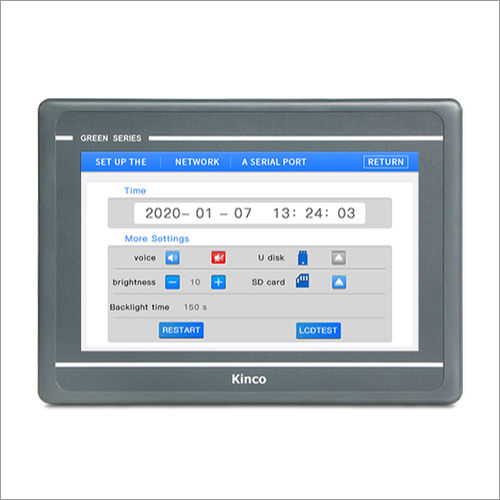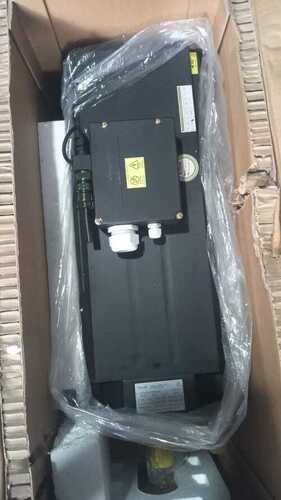Mcgs Hmi 7 Inch
Price 15000.0 INR/ Piece
Mcgs Hmi 7 Inch Specification
- Usage
- Industrial
- Size
- 7 inch
- Product Type
- HMI
- Color
- Black
- Main Material
- Condition
- New
- Application
- HMI
- Power Mode
- Electric
- Voltage
- 220 Volt (v)
Mcgs Hmi 7 Inch Trade Information
- Minimum Order Quantity
- 1 Piece
- Payment Terms
- Cash Advance (CA), Cash in Advance (CID)
- Supply Ability
- 500 Pieces Per Day
- Delivery Time
- 7 Days
- Main Domestic Market
- All India
About Mcgs Hmi 7 Inch
An MCGS Human Machine Interface (HMI) is a device that allows humans to interact with machines, particularly in industrial automation settings. It acts as a visual control and monitoring dashboard, bridging the gap between operators and complex industrial processes.
Here's a detailed description of MCGS HMIs, encompassing their key features, functionalities, software, and applications:
I. Core Concept of HMI and MCGS Role:
- Human-Machine Interface (HMI): At its fundamental level, an HMI is any user interface that connects a person to a machine. In industrial contexts, this means a graphical interface that provides real-time data, control options, and visual representation of machinery and processes
- MCGS as a Provider: MCGS (often seen as "mcgs" in lowercase, likely a brand or series name) is a manufacturer that produces a range of industrial HMI panels and the accompanying software for their configuration and operation. They offer various models with different screen sizes, resolutions, and processing capabilities.
II. Key Features and Hardware Specifications:
MCGS HMIs typically come with the following features:
Display:
- TFT LCD with LED backlight: Provides clear and vibrant visuals with true color display (e.g., 65,535 colors or 262K colors).
- Various Screen Sizes: Available in common industrial sizes, such as 7-inch and 10-inch, with resolutions like 800x480 or 1024x600 pixels.
- High Brightness: Often designed with good brightness (e.g., 200-250 cd/) for readability in diverse industrial lighting conditions.
- Resistive Touch Screen: This is a common choice for industrial HMIs due to its durability and ability to be operated even with gloves.
- ARM CPU: Typically powered by ARM-based processors (e.g., 400MHz, 800MHz, or quad-core 1GHz) for efficient data processing and smooth operation.
- Memory and Storage: Equipped with sufficient RAM (e.g., 64MB, 128MB, 256MB) and internal storage (e.g., 4GB Flash) for operating system, application data, and logs.
Communication Interfaces:
- Serial Ports: Essential for connecting to PLCs (Programmable Logic Controllers) and other industrial devices. Commonly include RS232 and RS485.
- USB Ports: Usually includes both host and client USB ports for data transfer, programming, and connecting external devices.
- Ethernet Port: For network connectivity (e.g., 10/100M Ethernet), allowing for integration into larger industrial networks and remote monitoring.
- Rugged Industrial Plastic Structure: Built to withstand harsh industrial environments.
- Wide Operating Temperature and Humidity Ranges: Designed to function reliably in challenging conditions (e.g., 0C to 45C operating temperature, 5% to 90% humidity).
- IP Protection: Front panels often have an IP rating (e.g., IP65) for resistance against dust and water.
- Industrial Gray Color: A common aesthetic for industrial equipment.
- Power Supply: Typically operates on a 24VDC input, standard in industrial applications.
III. Functionalities and Applications:
MCGS HMIs enable a wide range of functionalities in industrial control systems:
- Real-time Data Visualization: Displaying critical operational data, machine status, and system parameters through various graphical elements like gauges, charts, trends, and digital dashboards.
- Control and Operation: Allowing operators to initiate actions, adjust settings, and control equipment through touch buttons, input fields, and other interactive elements on the screen. This can involve starting/stopping machines, changing setpoints, or manipulating process variables.
- Alarm Management: Providing real-time alerts and historical logs for abnormal conditions, system errors, or critical events. This helps operators quickly identify and respond to issues.
- Data Logging and Recipe Management: Recording operational data for analysis, troubleshooting, and compliance. Some models support recipe management, allowing operators to easily switch between different production parameters.
- Process Monitoring and Optimization: Offering insights into mechanical performance, production time, and KPIs (Key Performance Indicators) to help optimize industrial processes.
- Connectivity with PLCs and Other Devices: Communicating with various brands of PLCs and other industrial devices (e.g., sensors, inverters) to acquire and display information, and send control commands. This often uses protocols like Modbus.
- Factory Automation: Controlling and monitoring production lines, assembly processes, and robotic systems.
- Machinery Control: Operating and managing individual machines like CNC machines, packaging equipment, or textile machinery.
- Process Monitoring: Overseeing and controlling continuous processes in industries such as chemical, food and beverage, water treatment, and power generation (e.g., high-voltage inverter monitoring systems).
IV. MCGS Configuration Software:
The functionality of MCGS HMIs is primarily driven by their dedicated configuration software (often referred to as "MCGS Embedded configuration software"). This software is used by designers and engineers to:
- Design User Interfaces: Create custom screens with various graphical components, text displays, buttons, and data entry fields.
- Configure Data Points: Define "tags" or data objects that link the HMI's visual elements to the actual data points in PLCs or other connected devices.
- Implement Logic and Animations: Set up animations (like flashing, moving, size changes) to visually represent machine states or process flows. Configure alarm conditions, data logging parameters, and basic control logic.
- Establish Communication: Define communication protocols (e.g., Modbus RTU, Ethernet) and parameters to ensure seamless data exchange with connected equipment.
- Download to HMI: Compile the designed project and download it from a personal computer to the MCGS HMI panel.
V. Programming and Development:
Programming MCGS HMIs typically involves using the dedicated MCGS configuration software. While it's generally user-friendly, some aspects can be complex:
- Graphical Configuration: The primary method of "programming" is through drag-and-drop elements and setting properties within the software.
- Tag Management: Defining and mapping data tags to PLC registers or other device addresses is crucial for data exchange.
- Scripting (if available): More advanced functionalities might involve scripting capabilities within the software, allowing for custom logic and calculations.
- Communication Setup: Correctly configuring serial port or Ethernet communication parameters is vital for successful operation.
- Troubleshooting: Issues like "communication failed" during program upload or HMI-PLC communication often require careful checking of cable pinouts, communication settings (baud rate, data bits, parity), and addressing.
- Language Support: While HMIs operate in various languages, the configuration software itself might have language limitations (e.g., some users report challenges with Chinese-only versions).
In essence, MCGS HMIs serve as robust and versatile industrial control interfaces, providing operators with the visual tools and interactive capabilities needed to effectively monitor, control, and optimize automated processes.
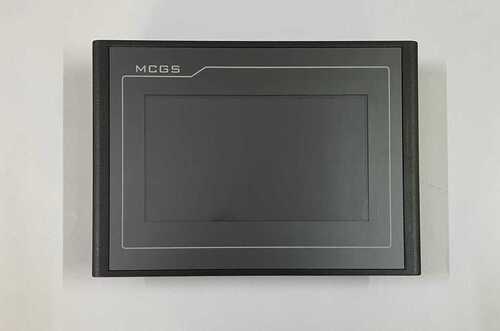


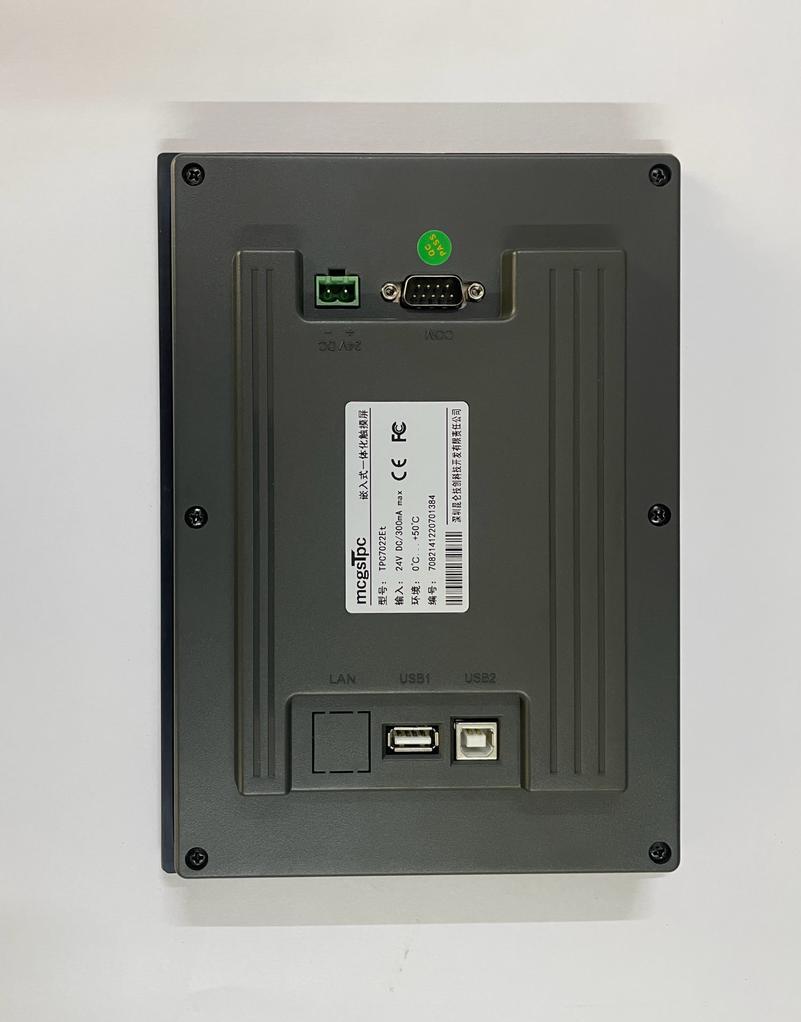
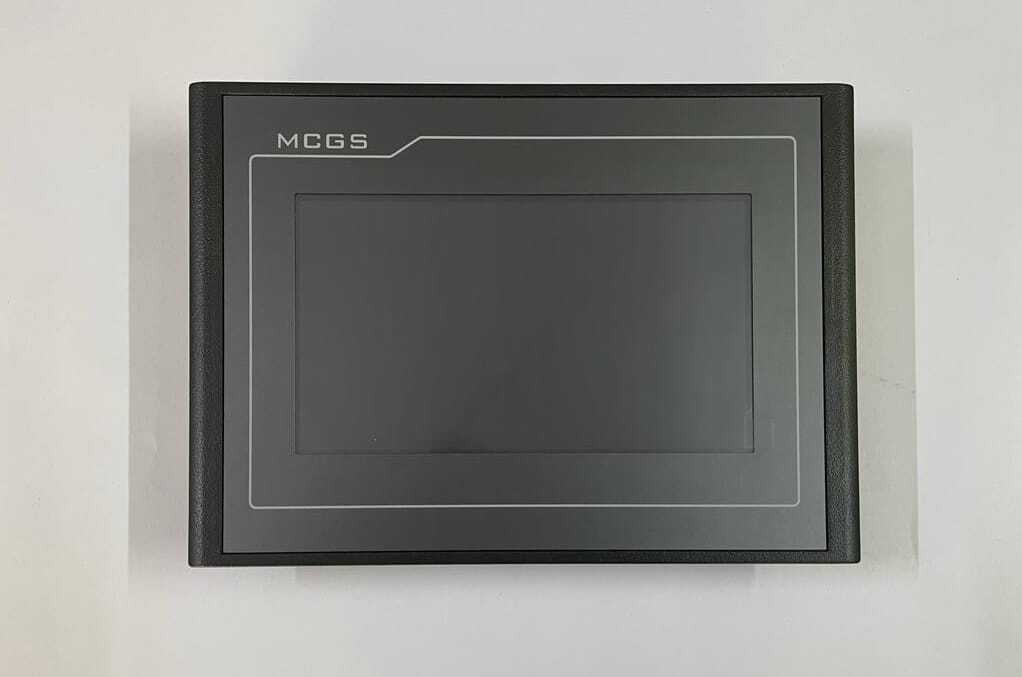
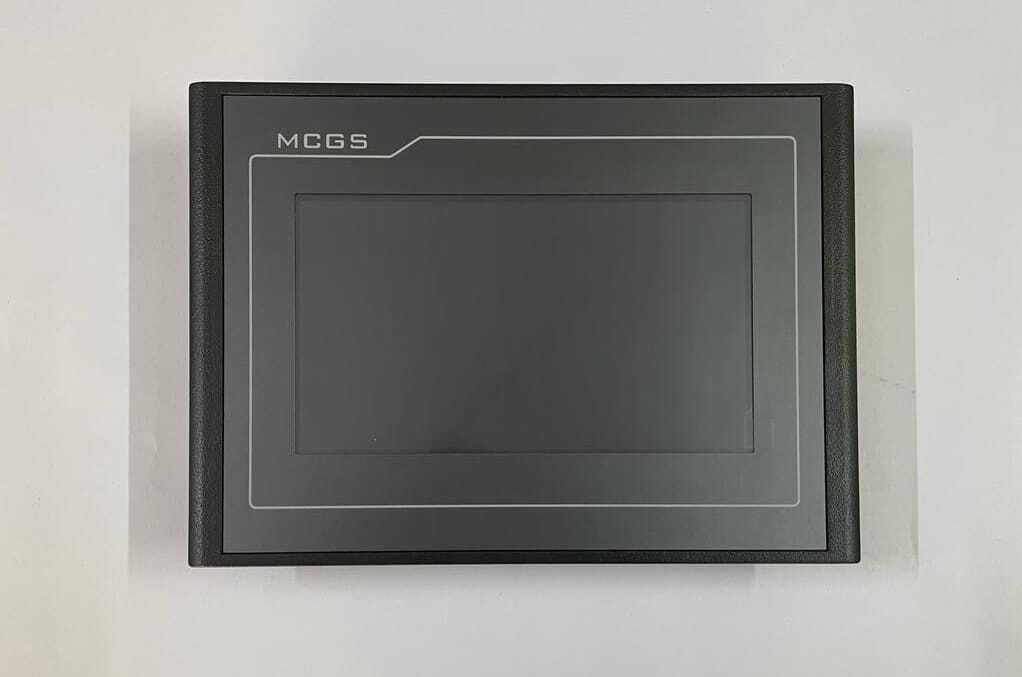

Price:
- 50
- 100
- 200
- 250
- 500
- 1000+
More Products in Human Machine Interface Category
GL043-GL043E Kinco Human Machine Interface
Price 8400 INR / Unit
Minimum Order Quantity : 20 Units
Condition : New
Usage : Industrial
Power Mode : Electric
GL100-GL100E Kinco Human Machine Interface
Price 10500.0 INR / Unit
Minimum Order Quantity : 20 Units
Condition : New
Usage : Commercial
Power Mode : Electric
GL070-GL070E Kinco Human Machine Interface
Price 10500 INR / Unit
Minimum Order Quantity : 20 Units
Condition : New
Usage : Commercial
Power Mode : Electric
MCGS Human Machine Interface
Price 5500 INR / Piece
Minimum Order Quantity : 1 Piece
Condition : New
 |
NCS Automations
All Rights Reserved.(Terms of Use) Developed and Managed by Infocom Network Private Limited. |
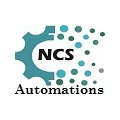
 Send Inquiry
Send Inquiry

